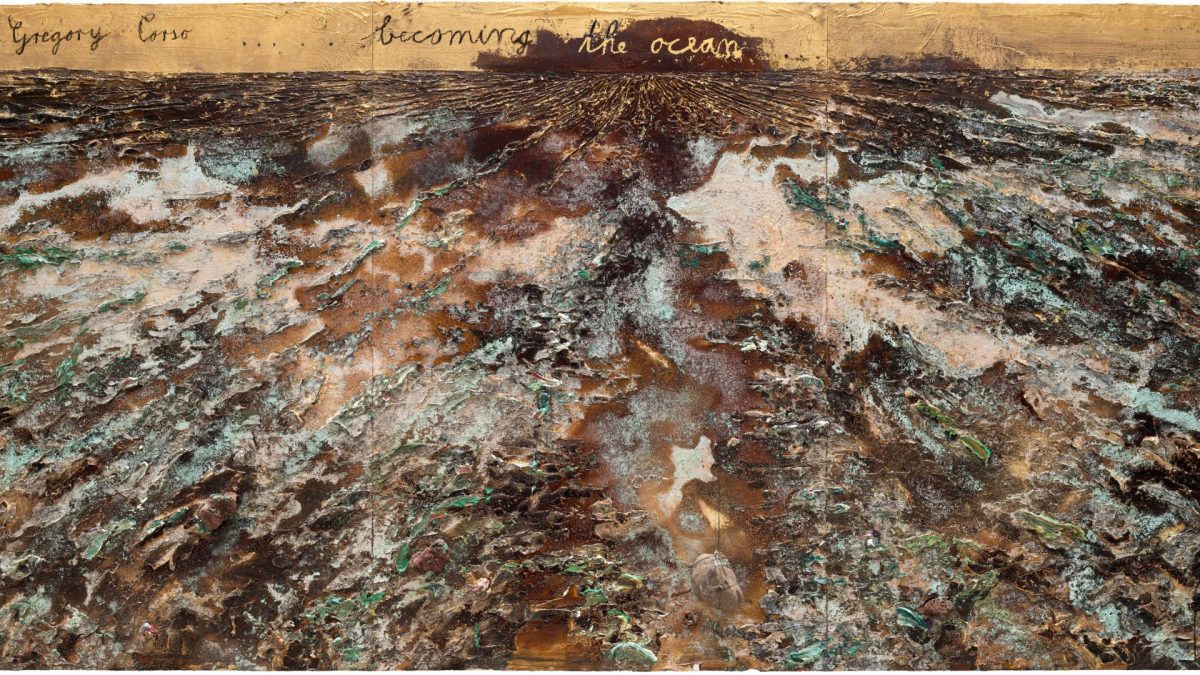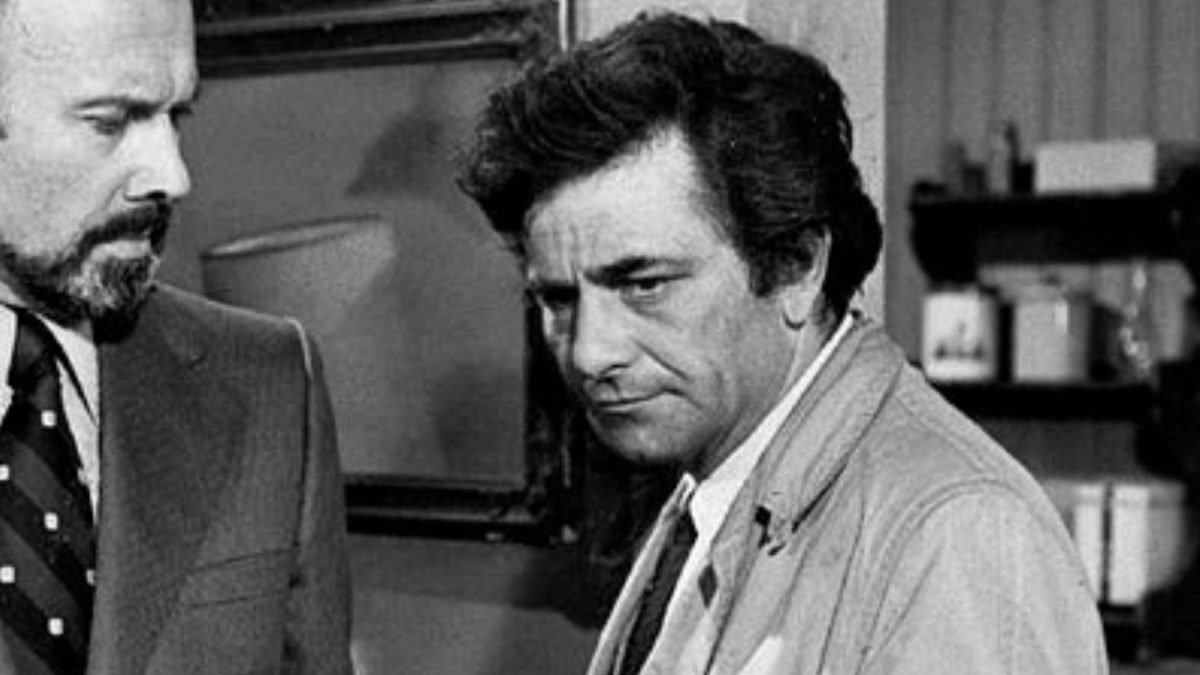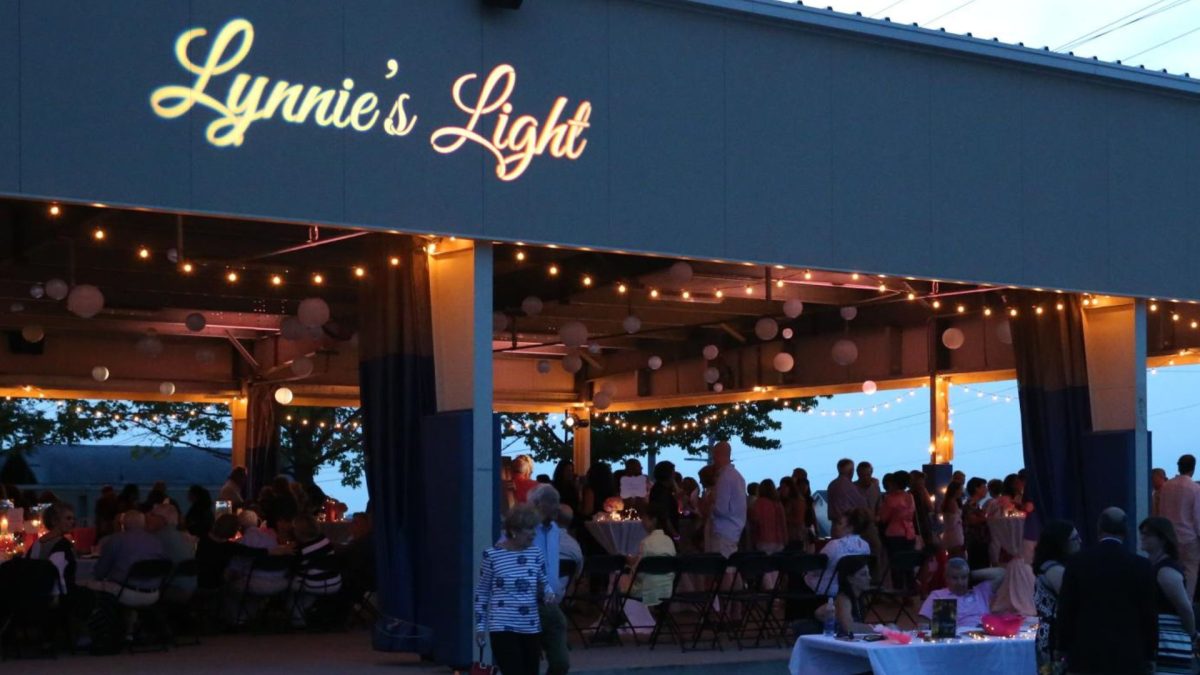We were in Nantucket, Mass. this summer and were told not to miss the Whaling Museum — which we didn’t. We learned a lot and were thrilled to enter an exhibition featuring the work of Tony Sarg.
A pioneering puppeteer and illustrator, Sarg was known for his innovative work with marionettes and parade balloons. He spent summers in Nantucket for over 20 years and was greatly influenced by the lighting and beauty of the island.
I never knew that Sarg was the creator of the Macy’s Thanksgiving Parade enormous and creative high-flying balloons. His contributions to puppetry were groundbreaking and influential. Some of the key aspects of his work are:
ADVERTISEMENT
• Marionette performances. Sarg is often credited with reviving the art of marionette puppetry in America. He established a national traveling troupe, Tony Sarg’s Marionettes in 1917, which brought high-quality, story-based marionette theater to audiences across the United States.
• Educational contributions. Sarg wrote and illustrated numerous children’s stories and “how to” publications on marionettes, making it possible for children to engage in puppetry as a home or school activity. He also offered summer courses in puppetry starting in 1922.
• Innovative productions. Some of his notable marionette productions included “Alice in Wonderland,” “Sinbad the Sailor,” “Robinson Crusoe” and “The Mikado.” His production of “Alice in Wonderland” was especially popular and played at the Century of Progress World’s Fair in Chicago in 1933.
ADVERTISEMENT
• Influence on future generations. Sarg inspired and trained a new generation of puppeteers in the United States. His work laid the foundation for modern American puppetry and continues to be celebrated for its creativity and innovation.
Some of those influenced by Sarg were Bil Baird, a Sarg protege who became a renowned puppeteer in his own right. He is best known for his work on “The Sound of Music” and his own television show, “The Bil Baird Show.”
Rufus and Margo Rose were also influenced by Sarg and went on to become prominent puppeteers. They worked on various projects, including the very famous “Howdy Doody” television show.
Jim Henson came later, and his work with the Muppets revolutionized puppetry in a way that echoes Sarg’s innovative spirit. Henson’s creations have become iconic in both television and film.
And Norman Rockwell, although primarily known as an illustrator, shared a similar era and some thematic elements with Sarg’s illustrations. Both of these artists contributed significantly to American visual culture in the early 20th century.
Of course, puppetry is an ancient form of theater which probably originated as long as 3,000 years B.C. The earliest recorded use of puppetry was in ancient Greece. Puppetry takes many forms, but they all share the process of animating inanimate performing objects to tell a story.
During the Middle Ages in Europe marionettes were used to depict biblical scenes, with the Virgin Mary being a popular character. The term marionette actually comes from the French for “little Mary.”
From the Renaissance and beyond, the Italian commedia dell’arte of the 16th century contributed to the popularity of marionettes. These performances often featured stock characters and comedic plots.
By the 18th and 19th centuries, marionette shows were very popular in France and England. Thomas Holden’s marionettes were particularly influential.
There were cultural variations in places such as Asia where countries such as India, China and Japan had their own unique traditions and in different regions of Europe there are distinct manners of manipulating the puppets.
There are many different types of puppets such as hand puppets, rod puppets, string puppets, shadow puppets and finger puppets. There are puppet museums in the U.S. and all over the world such as:
• The Northwest Puppet Center in Seattle, which includes a puppet theater, museum and library. It presents performances by the Carter Family Marionettes and guest artists, and offers educational outreach programs.
• Bob Baker Marionette Theatre in Los, Angeles, which is one of the longest running puppetry theaters in the U.S. It has been delighting audiences since 1963 with its collection of over 2,000 handmade marionettes.
• Ballard Institute and Museum of Puppetry in Storrs, Conn., which is located at the University of Connecticut.
• Bob Kramer Marionettes of St. Louis, which tragically closed due to a fire and death of Kramer. He and his partner Dug Feltch delighted audiences for decades with their creative and educational performances in their studio. They will be remembered and missed by people of all ages in St. Louis.
There are other puppet museums around the world such as the Lübeck Museum of Theatre Puppets in Lübeck, Germany. This museum showcases a wide variety of puppets from different cultures and historical periods. The Museo del Titere in Cadiz, Spain, dedicated to the art of puppetry, features a collection of puppets from around the world and offers workshops and performances.
I feel remiss in not including masks and ventriloquism in this piece, but that would be an entire topic very closely related to puppetry that has a history in and of itself.










